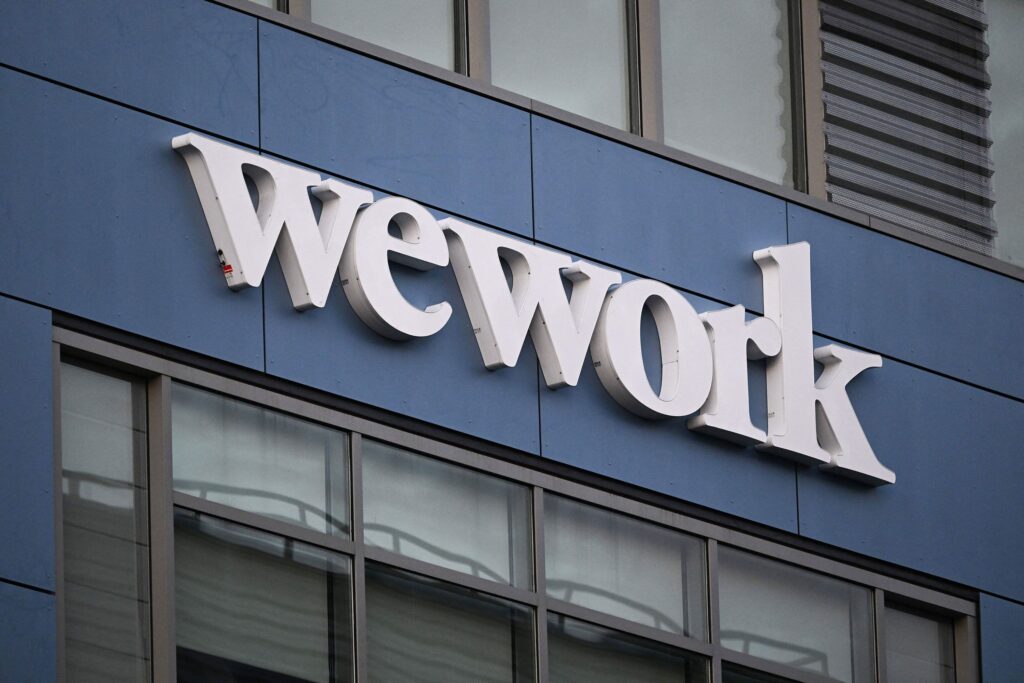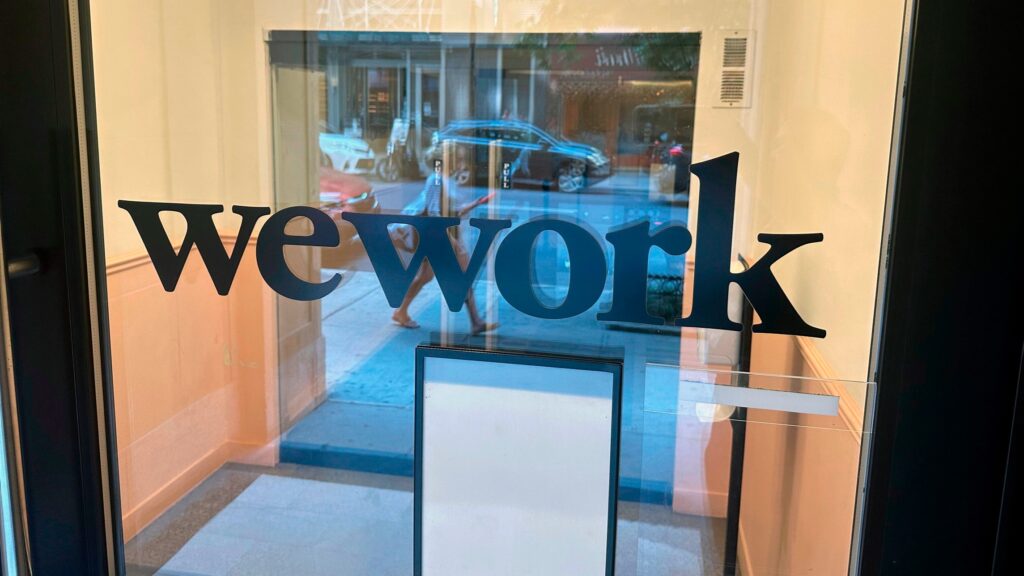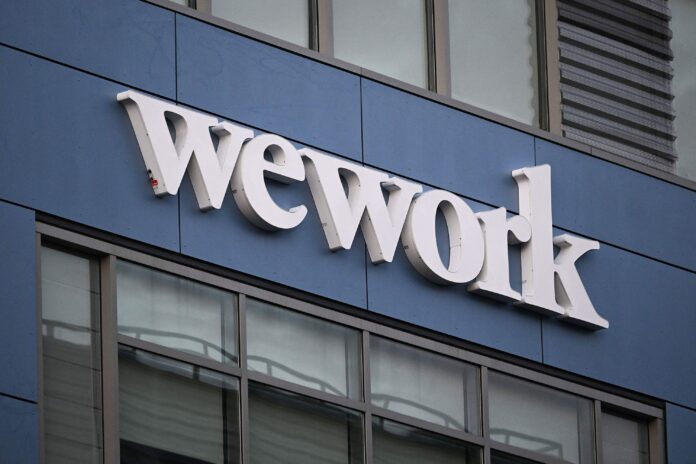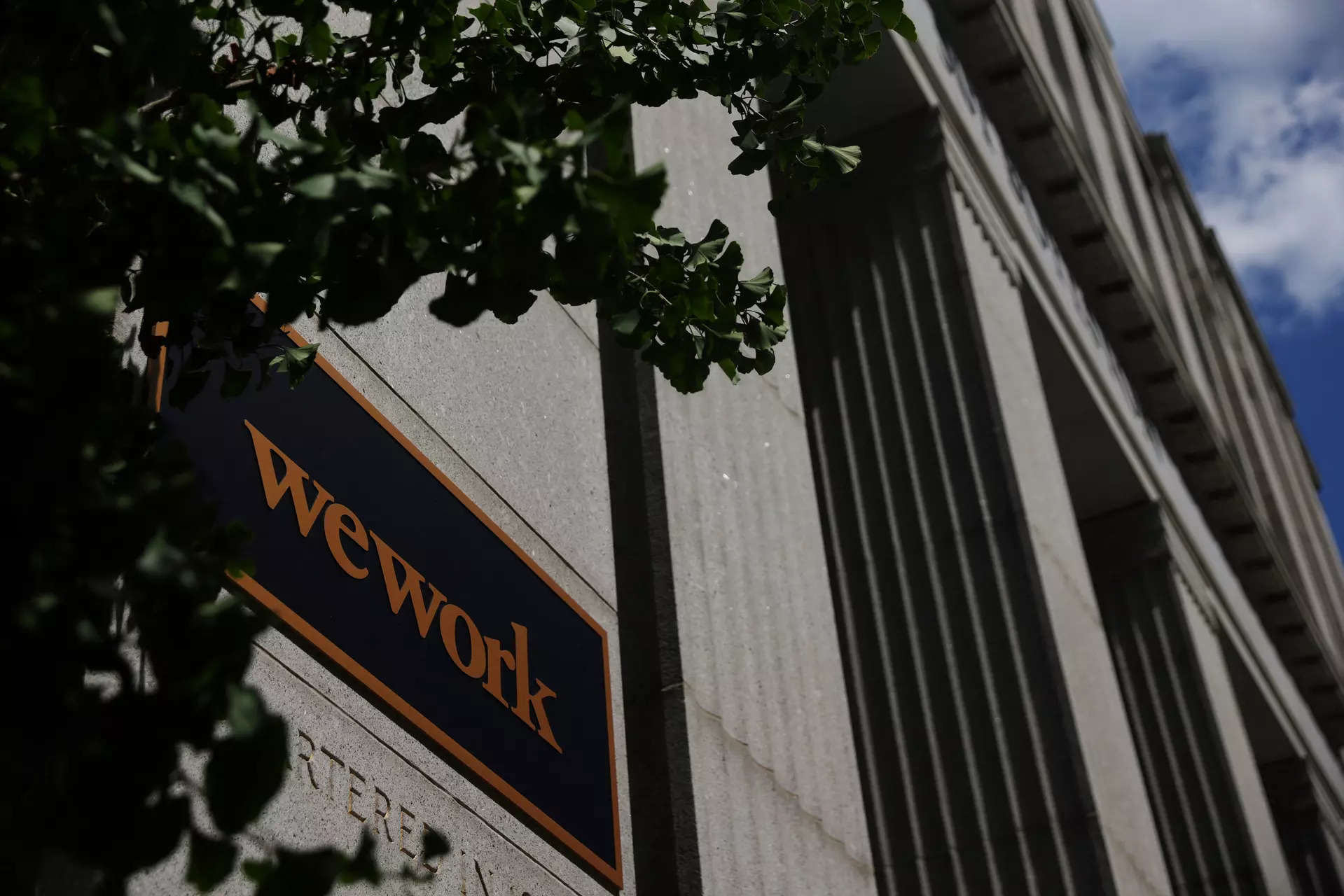In a surprising move, WeWork, the troubled coworking space company, has announced that it will undergo a reverse stock split instead of the more common stock split. Scheduled for September 1st, the reverse stock split aims to increase the value of WeWork’s shares by reducing the number of available shares. While this may seem like a positive move, it is actually a sign that the company is in trouble. WeWork’s stock has fallen so low that it risks being delisted from the New York Stock Exchange, prompting the need for a reverse stock split to maintain compliance. This article will explain what a reverse stock split is, why WeWork is undergoing one, and its potential impact on investors.

What is a reverse stock split?
A reverse stock split is a financial maneuver performed by a company to decrease the number of shares available in the market by combining multiple shares into one. This process results in a higher value for each share, but a decrease in the total number of outstanding shares.
How does a reverse stock split work?
Let’s say a company has 1,000 shares of stock valued at $2 each. If the company decides to do a reverse stock split of 1-for-10, it means that for every 10 previous shares, there will now be only 1 share after the reverse stock split. After the reverse split, the company will have only 100 shares, but the value of each share will increase to $20.
Do investors make money with reverse stock splits?
No, investors do not make money when a stock undergoes a reverse stock split. Although the value of their shares may increase after the reverse split, they will own fewer shares than they did before. As a result, the total value of their pre- and post-reverse split shares remains the same.
In the example mentioned earlier, the total value of the pre- and post-reverse split shares both equaled $2,000 (1,000 shares times $2 and 100 shares times $20 both equal $2,000).

Impact of reverse stock splits on stock prices
A reverse stock split can create the perception of a higher share price, which might discourage some retail investors from buying the stock. However, it is important to note that the underlying value of the stock remains the same. The aim of a reverse stock split is often to meet the minimum closing share price requirement set by stock exchanges like the New York Stock Exchange (NYSE).
Why is WeWork undergoing a reverse stock split?
WeWork, the beleaguered coworking space company, is undergoing a reverse stock split due to its precarious financial situation. The company’s stock (ticker: WE) has fallen to such low levels that it is at risk of being delisted from the NYSE. To avoid this, WeWork needs to increase its average closing share price to at least $1 over the next six months.

Why would the NYSE boot WeWork from its market?
The NYSE has a rule that all companies listed on its market must maintain a minimum closing share price of at least $1 over a certain period. In WeWork’s case, its stock is currently trading at just $0.14 per share, and it has traded below the $1 threshold for more than 30 days. If WeWork fails to bring its average closing share price above $1, it will be delisted from the NYSE.
Reverse stock split ratio for WeWork
When WeWork undergoes its reverse stock split, it will be at a ratio of 1-for-40. This means that for every 40 shares owned, the investor will receive 1 share after the reverse split. Consequently, there will be forty times fewer WE shares available, but each share will be worth forty times as much.

Timing of the reverse stock split
The reverse stock split for WeWork is scheduled to take place at 4:01 p.m. ET on Friday, September 1, 2023, after the close of trading for the week. Following the reverse split, WE shares will begin trading at their new reverse split-adjusted price on Tuesday, September 5, 2023.
Estimating the value of WE shares after the reverse split
The exact value of WE shares after the reverse stock split cannot be determined until the closing price of WE stock on September 1st is known. However, using the current trading price of 14 cents per share, as an example, each share would be worth $5.60 after the reverse split. This price exceeds the threshold required for WeWork to continue trading on the NYSE.
Potential consequences of the reverse stock split
While a reverse stock split may help WeWork meet the NYSE’s listing requirements, it may also have potential consequences. The perception of a higher share price might deter some retail investors from buying the stock, limiting its market appeal. Additionally, reverse stock splits are often seen as a sign of financial trouble, which could further erode investor confidence in the company.
Analysis of WeWork’s financial situation
WeWork’s decision to undergo a reverse stock split highlights its challenging financial situation. The company has faced numerous setbacks and scrutiny, which have impacted its stock performance. By initiating the reverse split, WeWork aims to avoid delisting from the NYSE and improve its chances of attracting investors. However, it remains to be seen whether this strategy will be effective in turning around the company’s fortunes.
In conclusion, the reverse stock split planned by WeWork reflects the company’s efforts to address its financial difficulties and maintain its listing on the NYSE. While a reverse split can increase the share price, it does not result in additional profits for investors. The success of WeWork’s reverse stock split strategy will depend on how it is received by the market and its ability to regain investor confidence.











